When it comes to planting, I’ve previously worked with container grown plants or pre-grown wildflower meadow turf. The benefits of using container grown plants is that you can place individual plants exactly where you want them, and plants get established quickly. The downsides are that this can be expensive over large areas, and the leftover plastic plant pots are not often reusable or recyclable.
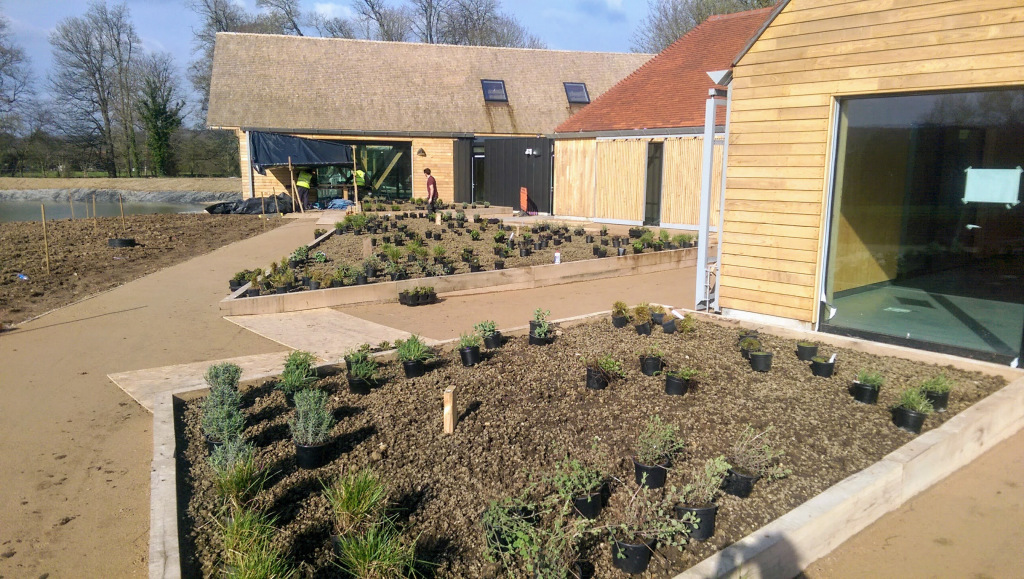
I want to experiment with creating a dramatic planting scheme entirely from seed. My aim is to create a flowering meadow where grasses and perennials are mixed in a naturalistic style rather than in blocks, sowing by seed should achieve this in a cost effective way. I’m hugely indebted to the work of James Hitchmough and Nigel Dunnett from the University of Sheffield who have written extensively about creating dynamic, biodiverse self-supporting plant communities so I highly recommend their work for more information on the benefits of this kind of planting.
I’ve been given a small patch of land for my experimental meadow at the bottom of a south-facing coastal garden in Porthcurno, Cornwall. The garden backs onto the south west coast path at the top of a cliff, talk about gardening on the edge!
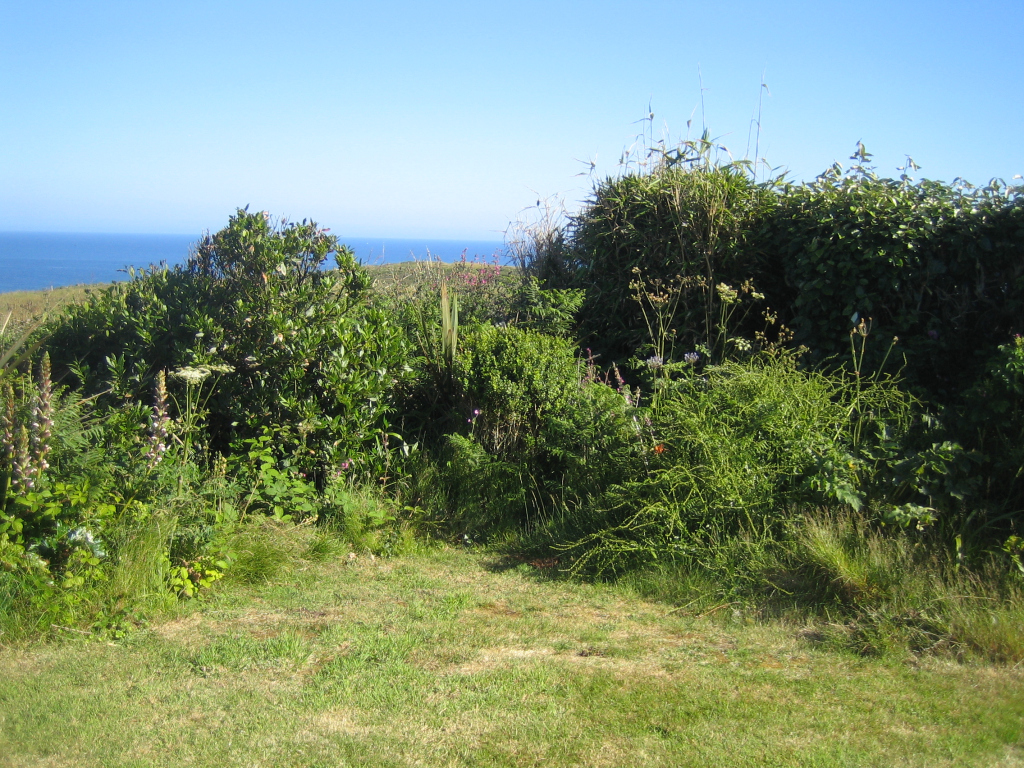
I conducted a site analysis as follows:
- Area for meadow planting measures roughly 2m x 5m
- South facing garden, however meadow area shaded after midday in spring and autumn by 2m tall Elaeagnus hedge
- Extreme winds batter this garden in the winter months. Meadow area somewhat protected by hedge
- Salt spray from sea below
- Acidic, sandy & loamy soil
- Cornish climate is mild and wet, potentially not cold enough to break seed dormancy of certain species
- Gastropods are a big problem, as are rabbits and badgers who have been known to dig in this area
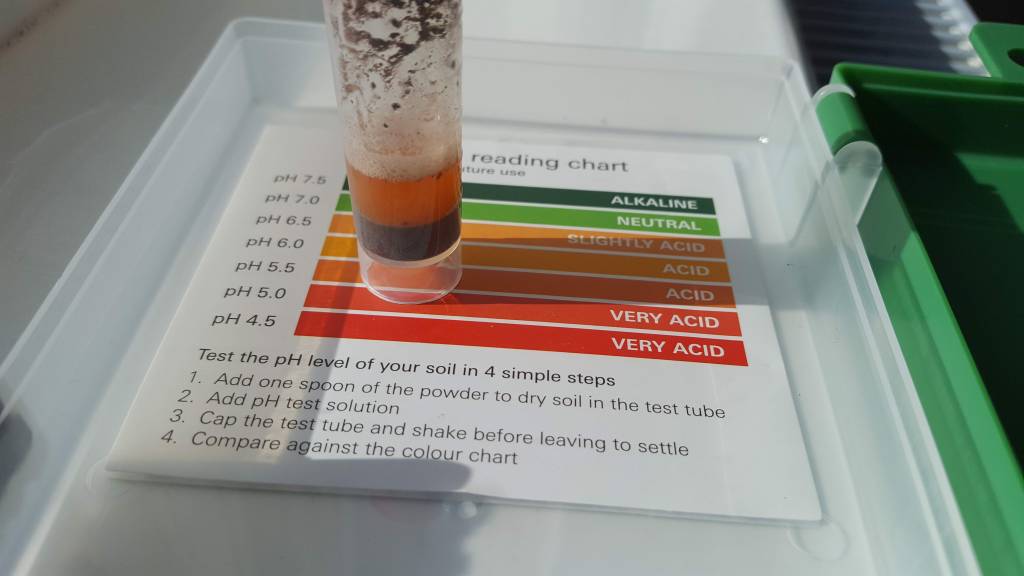
Even though I’m not restricting myself to local or native plants it’s always useful to know what is growing nearby. Directly behind the hedge is a grassy field where I spotted plantain, bracken, brambles, wild carrot, ragwort, geranium, crocosmia, bird’s-foot trefoil, clover, and sorrel. Beyond that on the cliffs leading down to the beach are the usual thrifts, gorse, heather, red campion, sedges, honeysuckle and shrubby blackthorn.
The garden itself contains hardy wind-tolerant plants typical of sub-tropical Cornish gardens including Kniphofia, Hydrangea, Restios, Cordyline, Cistus, Agapanthus, Yucca, and Phormiums.
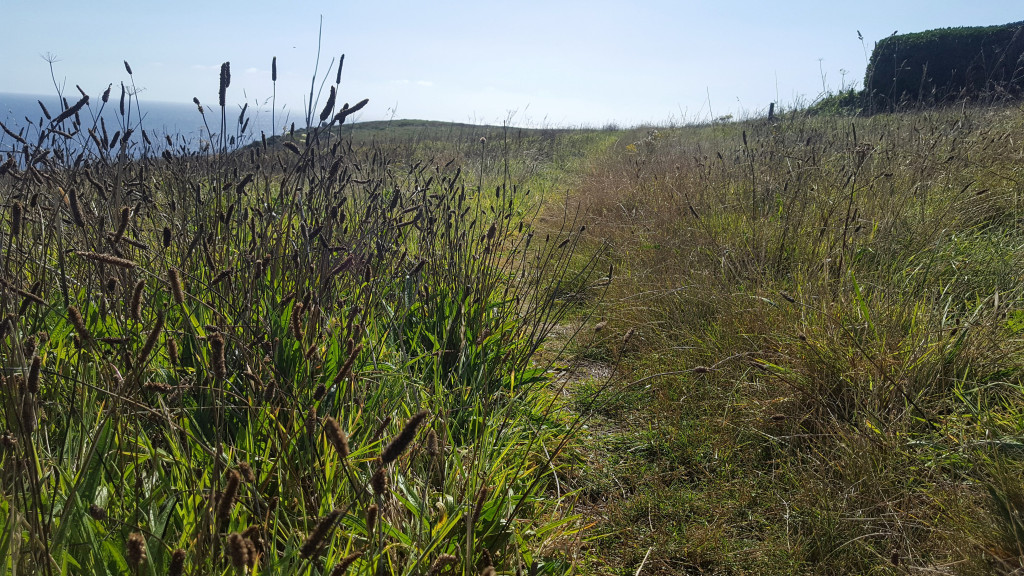
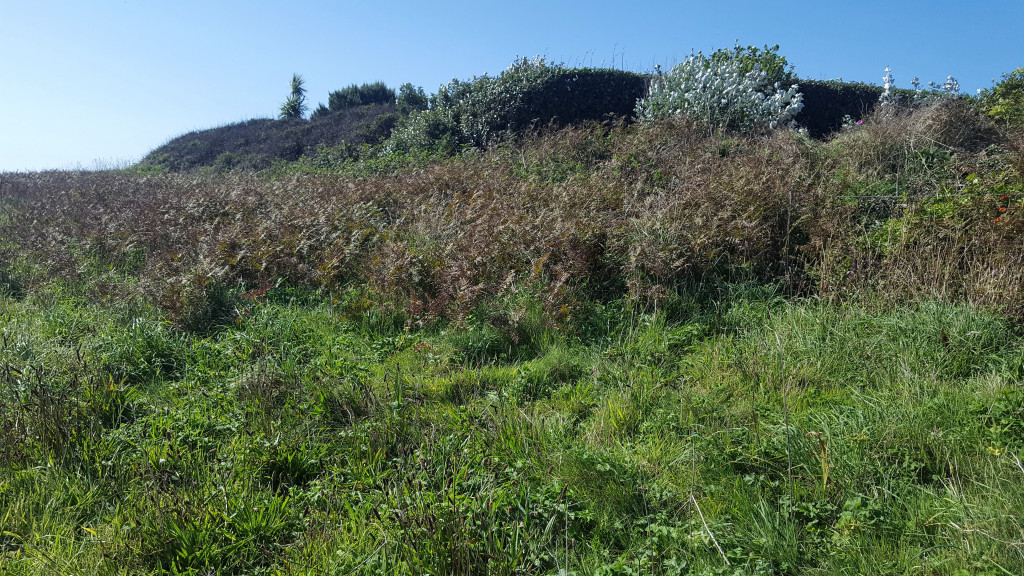
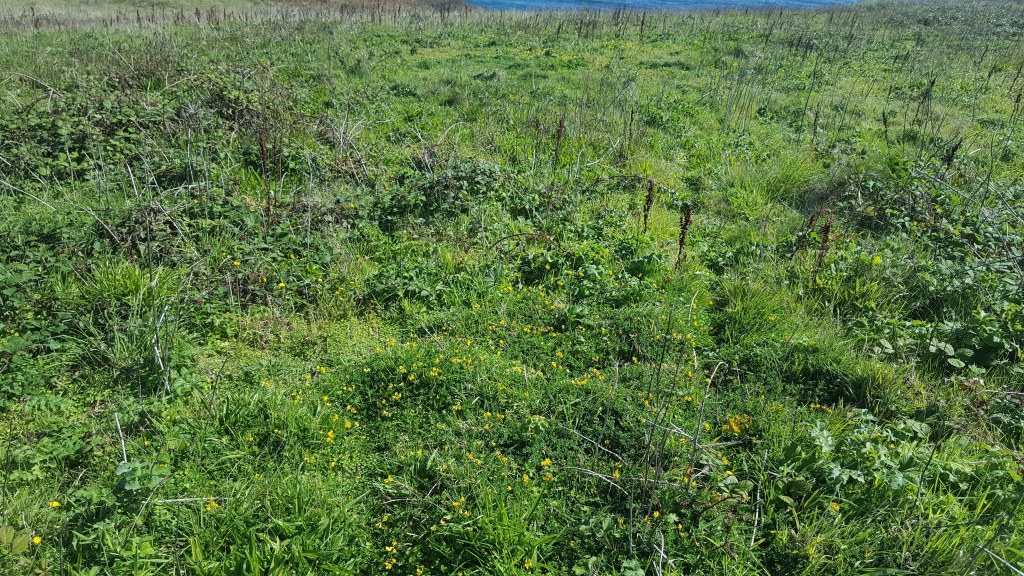
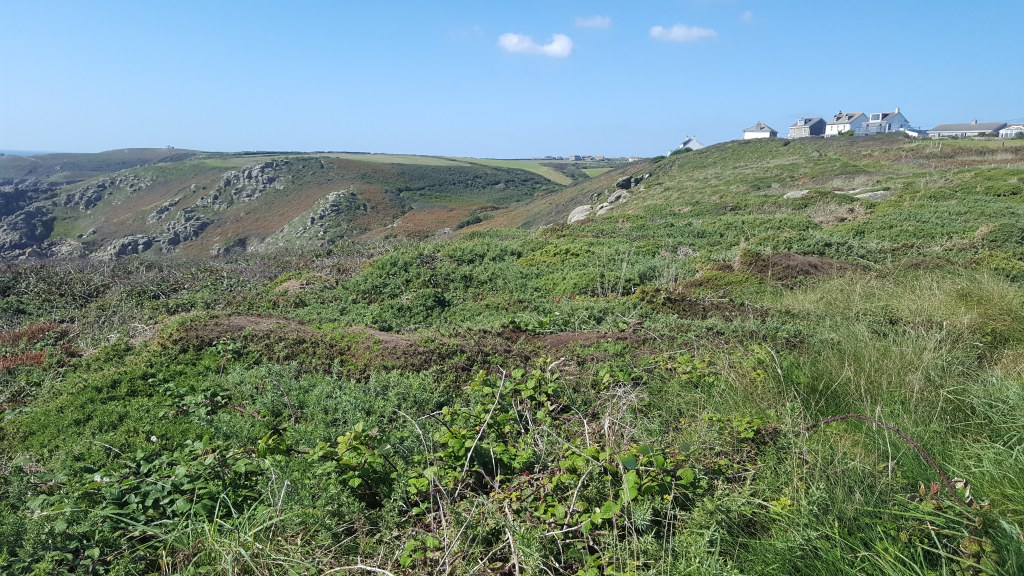
This brief site analysis will inform the next stage, choosing my meadow species! I’ll cover this in a separate post so stay tuned.
